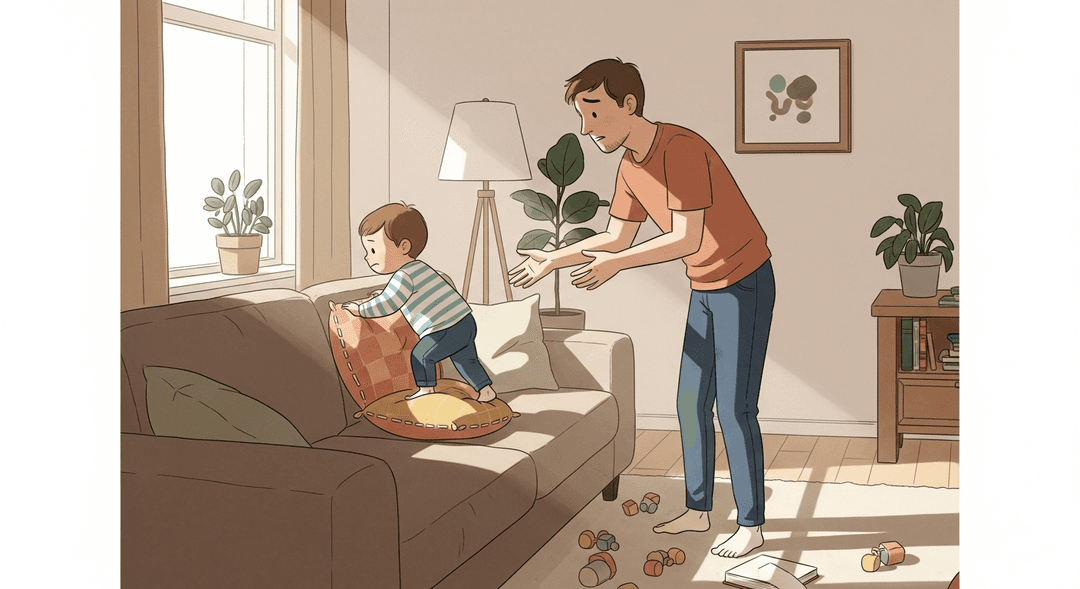Encourage Exploration and Safe Risk-Taking to Build Confidence
Ever watched your kid try to scale the couch like it’s Mount Everest while your inner voice screams, ‘This is how ER visits happen’? Welcome to the wild world of letting your tiny human take (safe-ish) risks so they can grow their confidence—and so you can practice deep breathing. If you’re tired of being the human bubble wrap but still want your kid to become a brave little explorer (without, you know, actual stitches), this is your jam.
Letting kids explore and take safe risks is basically brain gym for confidence and resilience. Every time they try, wobble, and succeed (or fail and try again), their brains build new connections for problem-solving, self-regulation, and grit. For parents, it’s a masterclass in letting go and learning that your kid is more capable than you think (and so are you).
How to do it
-
Scan for danger, not drama.
Check for actual hazards such as sharp corners, open manholes, or wild raccoons. Let minor issues or small mishaps slide without intervention. -
Narrate your trust.
Use supportive phrases like, “I see you’re trying something new—I’m right here if you need me.” This reassures and empowers. -
Offer choices.
Ask questions like, “Do you want to try the big slide or the wobbly bridge first?” Giving options helps build confidence and decision-making skills. -
Cheer effort, not just success.
Celebrate the attempt with a high-five or encouraging words, regardless of the outcome. Focus on the process, not just the achievement. -
Debrief the flops.
After a minor failure, ask, “What would you do differently next time?” This encourages reflection and problem-solving.- Bonus: This approach also works for spilled milk and emotional meltdowns.
Key Tips:
- Prioritize real safety concerns over minor mishaps.
- Verbalize your support to build trust.
- Let children make choices to foster independence.
- Recognize and praise effort, not just results.
- Use setbacks as learning opportunities.
